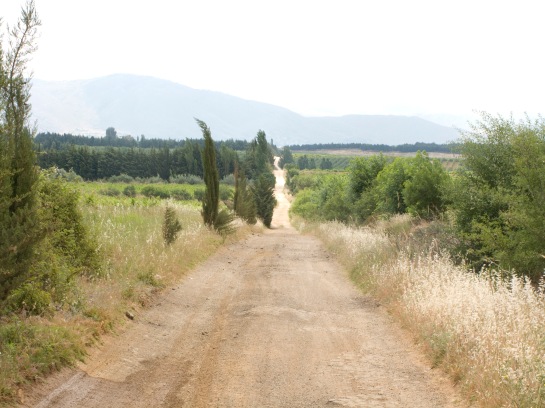
source: http://www.finicia.de
The lands of the Middle East were among the first wine-producing areas in the history. The divine beverage is mentioned several times already in the “Epic of Gilgamesh,” a 4000 years old text written in the cuneiforms, in the ancient Babylonia. In fact, wine played an important role in the economies, cultures, and religions of the region until Islam started to spread in the 7th century.
Wine is generally forbidden in the Quran, although there are some contradictions, which over centuries caused among many Muslims a somehow ambivalent attitude toward alcohol. The famous 14th-century Persian poet – Hafiz wrote:
“From the large jug, drink the wine of Unity,
So that from your heart you can wash away the futility of life’s grief.”
This is both a proof that wine was present on the tables of some Muslims and that it could be even culturally celebrated.
But although wine has never completely disappeared from the region, extensive production was never well seen by the Islamic rulers and the majority of the Muslims chose alcohol abstinence. Thus, the autochthonous varieties were predominantly lost and a serious wine-growing started only in the 19th century in the areas, which are still Middle East’s champions in this activity: Lebanon and Israel.
Chateau Musar, founded in 1930, might be the best-known winery in Lebanon. It sources its grapes from the Bakaa Valley vineyards, situated on the altitude of around 1,000m (or 3,280 ft), which makes in this pretty hot country possible to produce fresh and highly elegant wines. The Hochar family has their grapes hand-harvested, their wine “neither fined nor filtered,” as their website states. They believe in the organic production and the results are exceptional, when I take the bottle I had as an example.

source: http://www.chateaumusar.com
I obtained this treasure in a Systembolaget shop in Stockholm, and it spent a year in my house, waiting for the right occasion to be opened. Then it spent some time in a decanter, too. Finally I poured into glasses a purple wine with orange reflexes, a color resembling that of Polish tart cherry liquor: wiśniówka. The wine is a blend from Cabernet Sauvignon, Cinsault and Carignan. We got excited with this mild and silky wine, so complex and rich in aromas. There were the fine honey notes and bitter herbal ones too. There was ripe fruitiness: cherries and black berries, but also elegant acidity and spiciness. I felt literally thrown into a state of meditative admiration, my palate caressed, my whole body warmed, mind excited by the long finish.
The futility of life’s grief was certainly washed away! Cheerful, I checked the prices of flights to Beirut… just in case. For now, the movies of Nadine Labaki must satisfy my fascination with Lebanon, the movies and the next glass of Chateau Musar red.